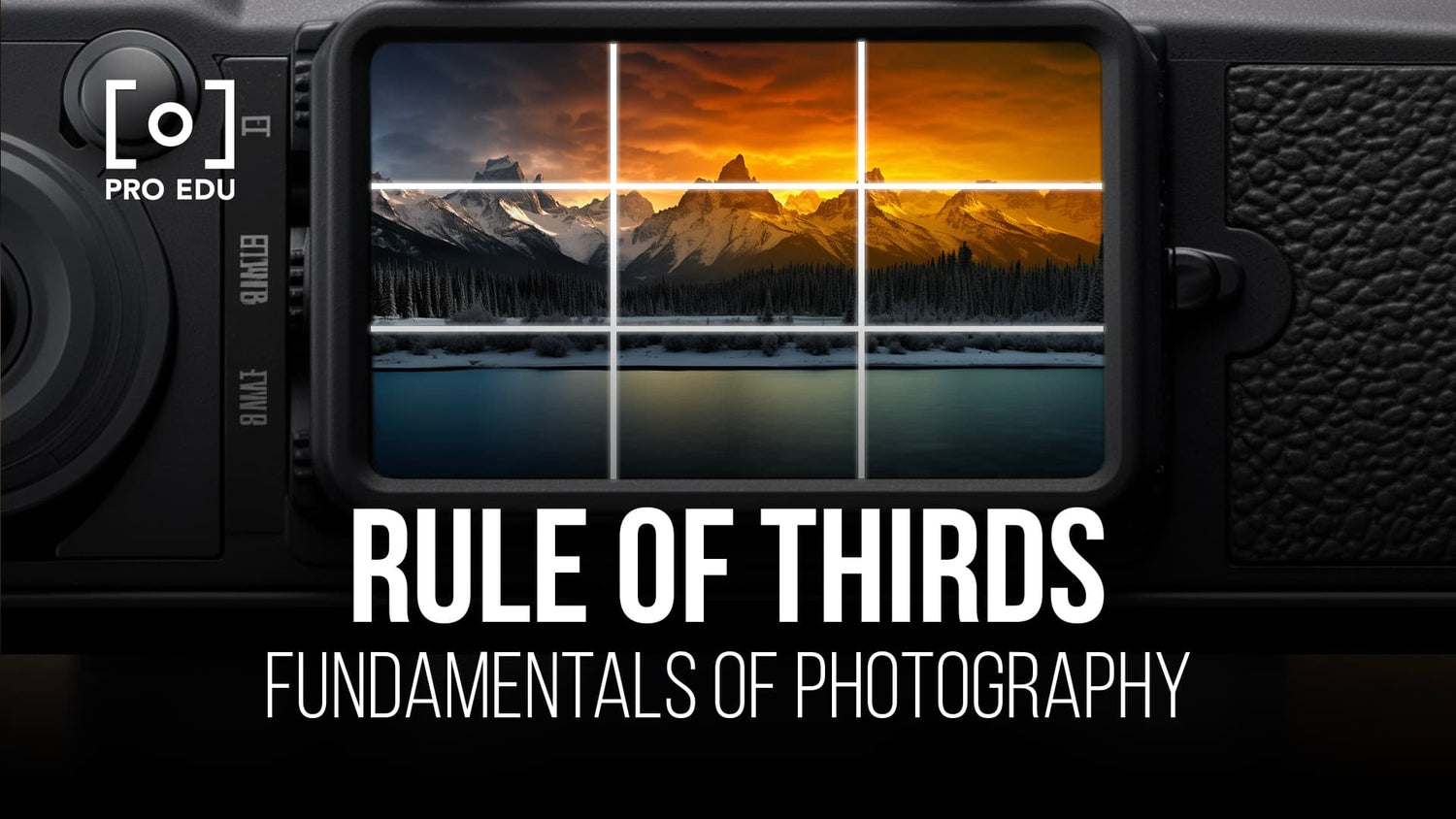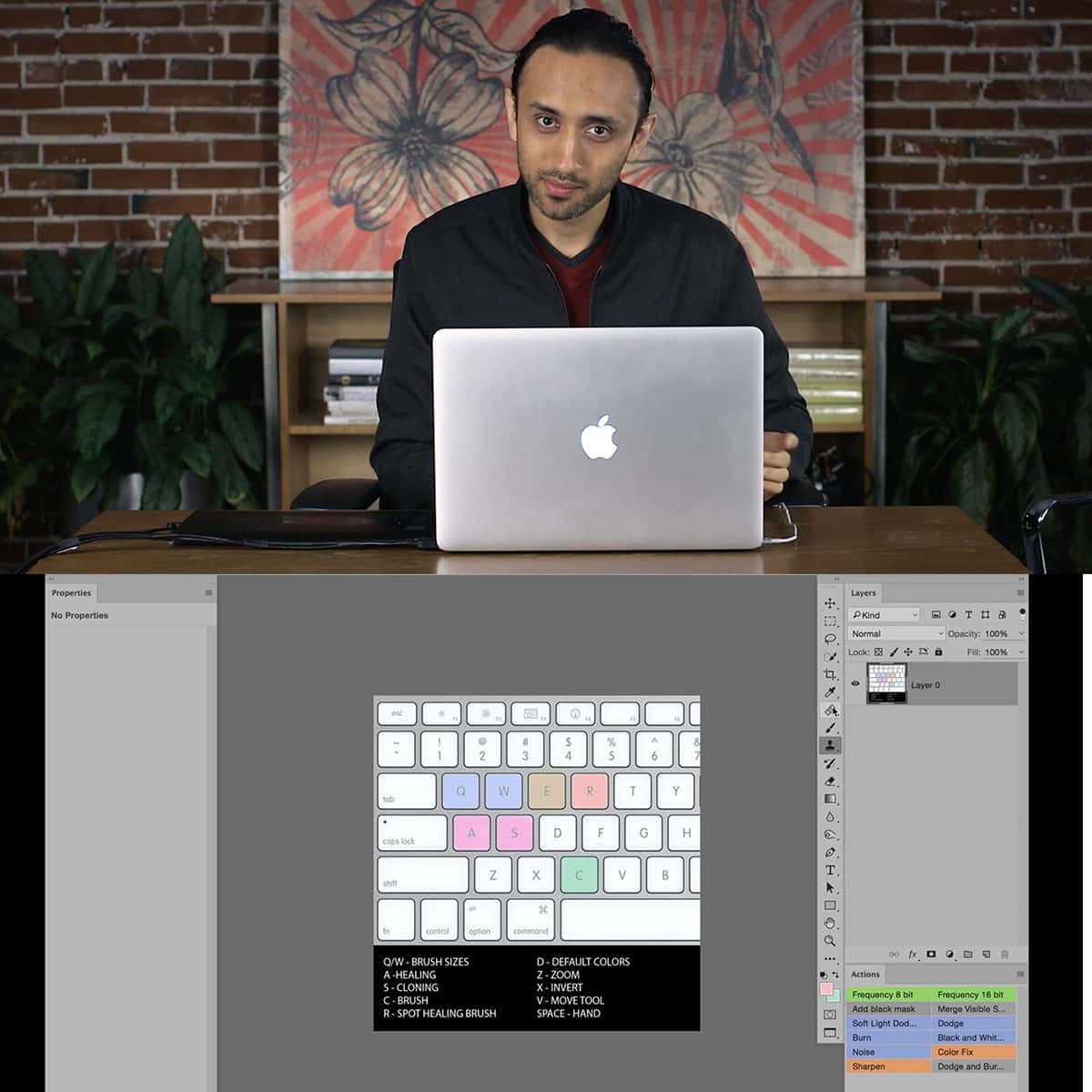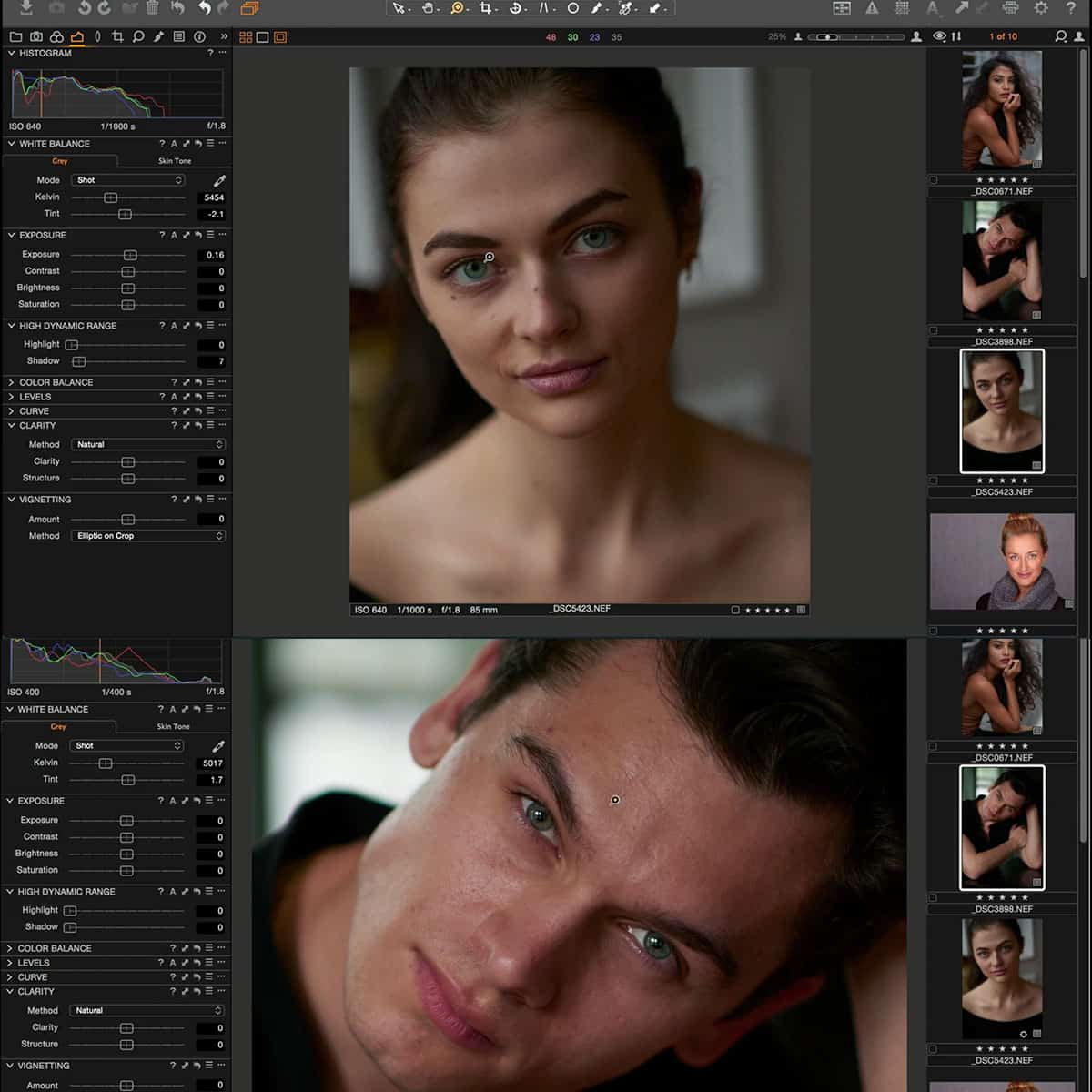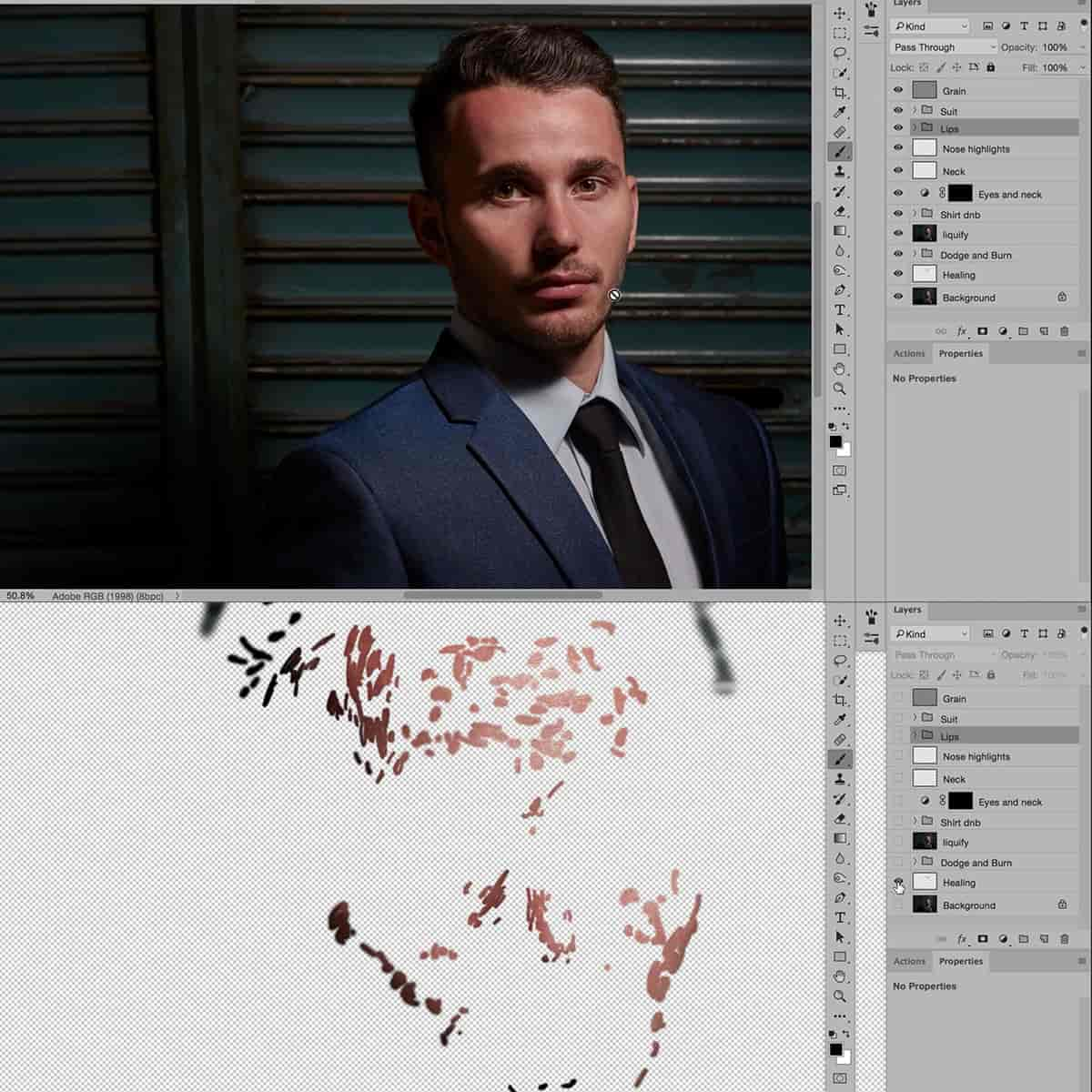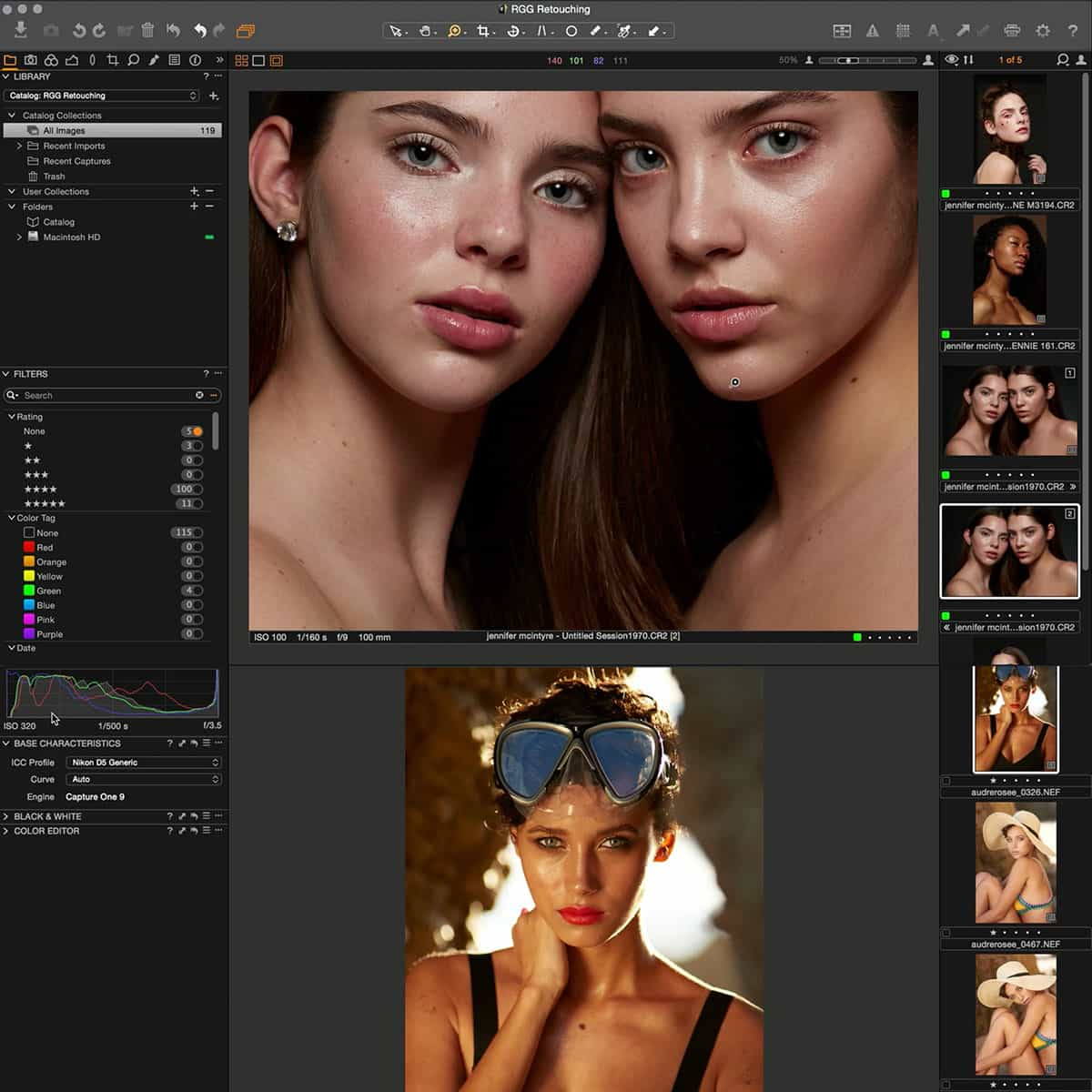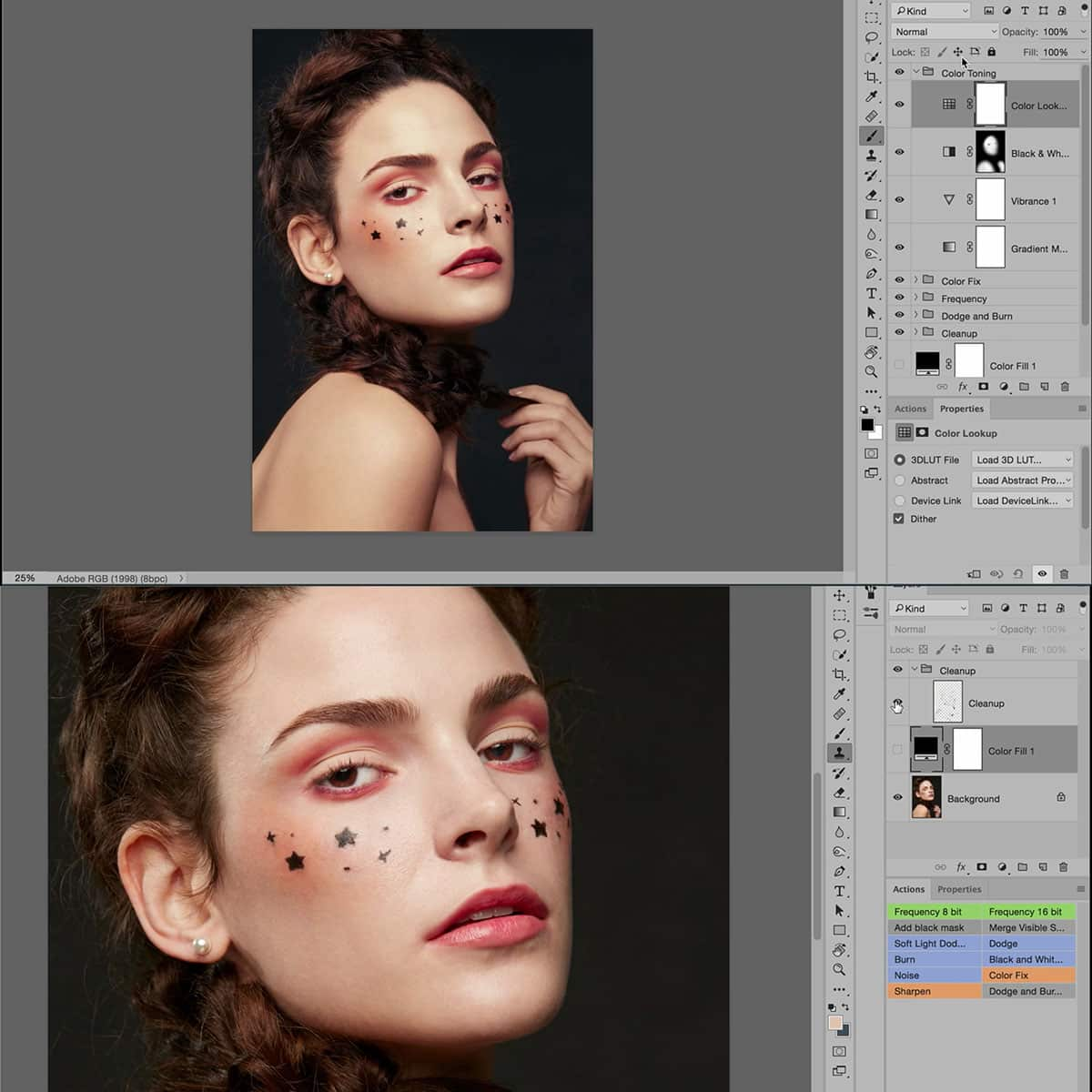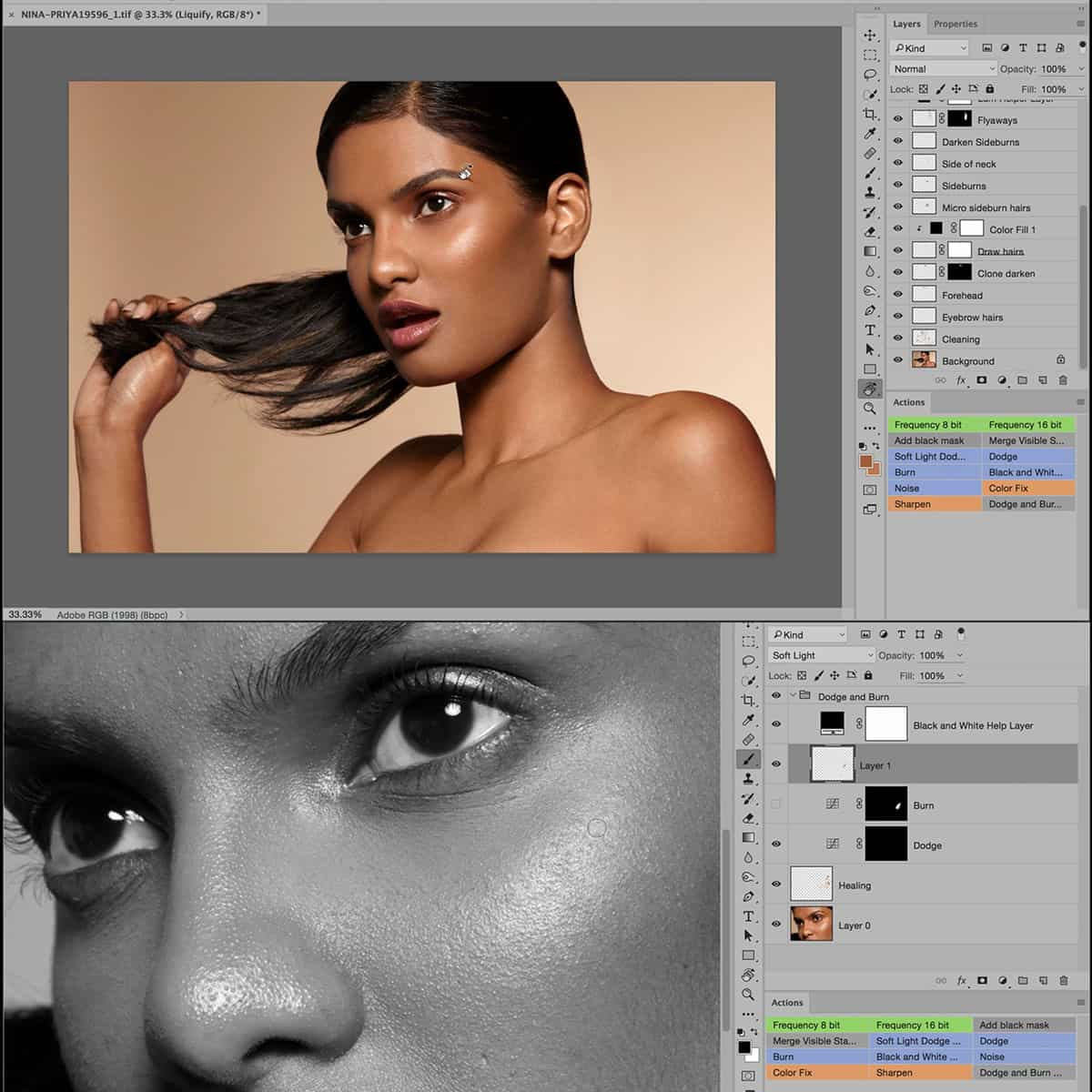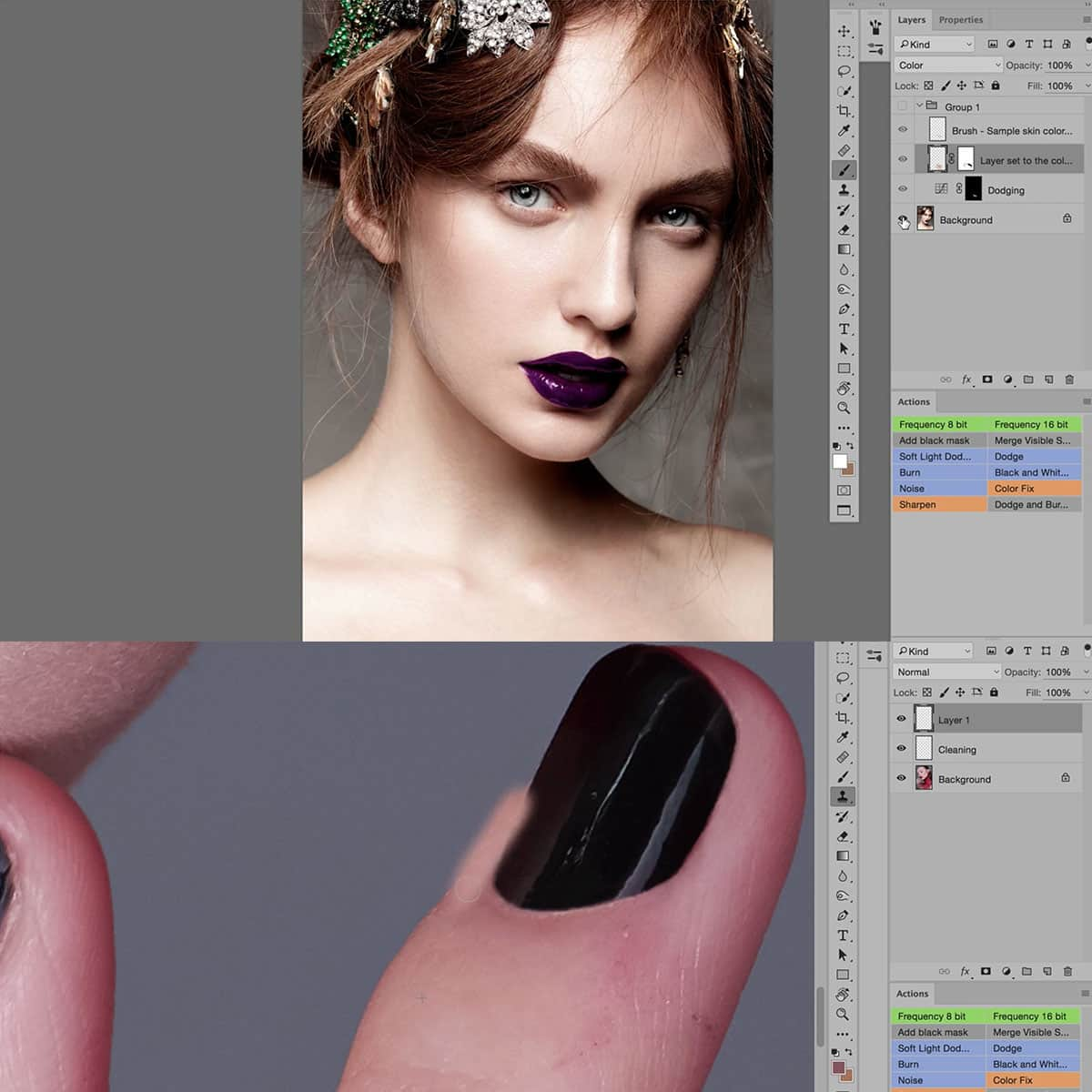Rule of Thirds: Mastering the Essential Photography Composition Technique
The Rule of Thirds is a fundamental composition technique in photography that helps create visually appealing and balanced images. It is based on dividing the frame into nine equal parts using two equally spaced horizontal lines and two equally spaced vertical lines, and positioning the essential elements of the image along these lines or at their intersections.
This technique is often the first step photographers take when composing their shots, as it provides a simple and effective way to create a harmonious balance between the subject, the background, and other elements within the frame. The Rule of Thirds can be applied to various types of photography, including landscape, portrait, and street photography, and can help avoid monotony in your images by preventing the main subject from being placed at the center of the frame.
Key Takeaways
- The Rule of Thirds is a simple composition technique that creates visually appealing and balanced photos.
- It can be applied across different photography genres, improving harmony and avoiding monotony.
- Understanding how to position key elements within the frame, using advanced techniques, and post-processing will enhance your images using the Rule of Thirds.
For more professional photography and Photoshop tutorials, visit PRO EDU.
Understanding the Rule of Thirds
The Rule of Thirds is a fundamental composition technique in photography that helps create visually appealing and well-balanced images. To apply this technique, we divide an image into a 3x3 grid, creating nine equal parts. This grid helps us arrange the primary subjects and elements in a harmonious way.
When positioning our subjects, we place them along the gridlines or at the intersection points of the grid. By doing so, we create a sense of balance and harmony in our photographs. The Rule of Thirds can also be applied to other visual arts, such as graphic design and painting.
Using the Rule of Thirds, we can draw the viewer's attention to specific areas of the image, making the photograph more engaging and interesting. Additionally, this composition technique creates tension and energy in our shots, leading to more dynamic and compelling visuals.
In summary, the Rule of Thirds is a valuable tool for photographers and other visual artists, allowing us to create balanced and visually appealing compositions. By strategically placing subjects along gridlines or intersection points, we achieve harmony and a sense of depth in our work.
Application of Rule of Thirds in Different Photography Genres
Landscape Photography
When capturing landscape photography, the rule of thirds can help to create balanced and dynamic compositions. By placing the horizon on either the upper or lower horizontal line, we draw attention to the sky or land, respectively. For example, a dramatic sky might be emphasized by positioning it along the upper horizontal line, while a captivating foreground could be placed along the lower horizontal line.
Additionally, aligning prominent elements (such as trees or mountain peaks) with the vertical grid lines can add interest and energy to the scene. This technique allows the viewer's eyes to travel smoothly throughout the image, creating a sense of depth and movement.
Portrait Photography
In portrait photography, the rule of thirds can be used to direct the viewer's attention toward the subject's eyes, which are often considered the most important feature. To achieve this, we can place the subject's eyes along one of the horizontal lines, ideally at the intersection of a horizontal and vertical line.
Furthermore, positioning the subject slightly off-center can make the portrait more engaging and dynamic. This placement allows for negative space around the subject, leading the viewer's eyes through the image and creating visual interest.
Wildlife Photography
Applying the rule of thirds in wildlife photography can emphasize the subject while creating a sense of movement and environment. By aligning the animal with one of the grid lines or intersections, we draw the viewer's focus directly to the subject.
Incorporating natural elements such as trees, rocks, or bodies of water into the composition can also create a more immersive scene. Aligning these elements with the grid lines helps maintain balance in the image and enhances the overall composition.
Cityscapes Photography
Cityscape photography can benefit greatly from the rule of thirds by helping to organize the urban chaos into an appealing composition. Dividing the frame into thirds allows us to separate key elements such as the skyline, architectural details, and foreground interest.
Placing the horizon along one of the horizontal lines can emphasize the buildings or the sky. Aligning striking buildings or iconic structures with the vertical lines can lead the eye through the cityscape, giving the viewer a more connected and intriguing experience.
Elements in a Frame and their Role in Composition
In photography, the composition plays a crucial role in delivering a compelling image. Each element within a frame, such as the subject, foreground, background, focal point, and objects, contributes to this.
The subject is the main focus of our image. It can be a person, object, or even a concept. Deciding the subject is critical as it defines the message we want to communicate through our photograph. The Rule of Thirds can help us position the subject in a visually engaging way.
Next, we have the foreground and the background. These elements surround our subject and add depth to the image. By carefully selecting the foreground and background, we can guide the viewer's eye to the subject or even create a strong sense of mood. The way we deal with these elements can greatly impact the overall aesthetics of the photograph.
We should also pay careful attention to the focal point. It is the point in the image that the viewer's eye is naturally drawn to, which often coincides with the subject. By manipulating depth of field or using compositional techniques like the Rule of Thirds, we can emphasize the focal point and strengthen our composition.
Lastly, the objects in the frame play a supportive role in our composition. They can add context, contrast, or balance to the image. When arranging objects, we should consider their visual weight and how they interact with other elements within the frame. This ensures that our photos have visual harmony and effectively convey the intended message.
Advanced Techniques Using Rule of Thirds
Incorporating leading lines in our composition can further enhance the impact of the Rule of Thirds. These lines, both curved and straight, guide the viewer's eye towards the focal point. By placing the subject at one of the grid intersections and using leading lines, we can create more visual interest and depth.
Integrating negative space is another technique that can enhance the Rule of Thirds. Negative space is the empty or unoccupied area around the subject that helps define its shape. By combining negative space with the Rule of Thirds, we can play with spatial balance and make the subject more prominent. This approach is particularly useful in minimalistic and abstract photography.
Next, consider breaking the rule to create unexpected, dynamic compositions. Sometimes, centering the subject or placing it away from the grid lines can result in striking and visually interesting images. However, it's crucial to understand the grounds for breaking the rule – such as conveying a sense of tension or emphasizing symmetry.
Speaking of symmetry, blending this concept with the Rule of Thirds can produce visually pleasing and well-balanced images. Aligning the central axis of symmetry with one of the horizontal or vertical lines adds stability and harmony to the composition. This approach works especially well for architecture and reflection photography.
In summary, experimenting with leading lines, negative space, breaking the rule, and symmetry in conjunction with the Rule of Thirds can elevate our photography skills and produce compelling images.
Post-Processing and Rule of Thirds
When it comes to post-processing our images in applications like Lightroom or Photoshop, the Rule of Thirds can still be applied by making use of crop tools. We can crop our images to align elements with the gridlines, creating a more balanced and engaging result.
Most editing programs provide gridlines when using the crop tool, making it easier for us to apply the Rule of Thirds during post-processing. In addition to aligning subjects and important elements with the grid, keep an eye out for opportunities to create diagonal and vertical lines that enhance the composition.
Post-processing is also an excellent opportunity for us to experiment with different compositions. We can try new placements for our subjects and explore the impact of various layouts on the visual appeal of our images.
To sum up, when utilizing tools such as Lightroom or Photoshop in our post-processing workflow, remember to apply the Rule of Thirds and make use of cropping features with gridlines. This will help achieve a more balanced and aesthetically pleasing result in our photographic compositions.
Frequently Asked Questions
How can the Rule of Thirds improve my photography compositions?
By applying the Rule of Thirds to our compositions, we can create balanced and visually appealing photographs. This technique encourages us to place our subject off-center, which is often more interesting to the viewer than centrally placed subjects. Additionally, using the Rule of Thirds can enhance the overall harmony within the photograph.
What are some examples of effective usage of the Rule of Thirds?
Some effective examples of the Rule of Thirds include placing a horizon along the bottom or top third of the image, positioning a lone tree at an intersection of the gridlines, or situating a portrait subject's eye at one of the intersection points. These examples, among others, showcase the technique's ability to enhance visual aesthetics.
How can I apply the Rule of Thirds when photographing different subjects?
Applying the Rule of Thirds to various subjects involves considering the subject's position and role within the image. For landscapes, try placing the horizon along one of the horizontal gridlines. For portraits, position the subject's eyes or an important feature at a grid intersection point. The key is to maintain balance and visual appeal regardless of the subject.
Are there any exceptions to the Rule of Thirds in photography composition?
While the Rule of Thirds is a helpful guideline, it doesn't apply to every situation. Sometimes, breaking the rule can create an equally compelling image. For instance, a symmetrically framed subject may portray a sense of stability and formality. Ultimately, the best approach varies with the particular subject and the intended message we want our photograph to convey.
How does the Rule of Thirds differ from other composition techniques?
The Rule of Thirds is a simple and widely used composition technique that guides us in placing our subjects off-center. However, other techniques such as the Golden Ratio, leading lines, and balance provide alternative ways of organizing our photographs. Each technique offers unique perspectives, and we may even combine them to create more complex and intriguing compositions.
What tools or features can I use in my camera to practice the Rule of Thirds?
Many cameras come equipped with a built-in grid overlay to help us practice the Rule of Thirds. Turn on the gridlines feature in the camera settings to superimpose a 3x3 grid on the viewfinder or display screen. This grid allows us to visualize the composition before capturing the photo, making it easier to align subjects with the gridlines and intersection points.


